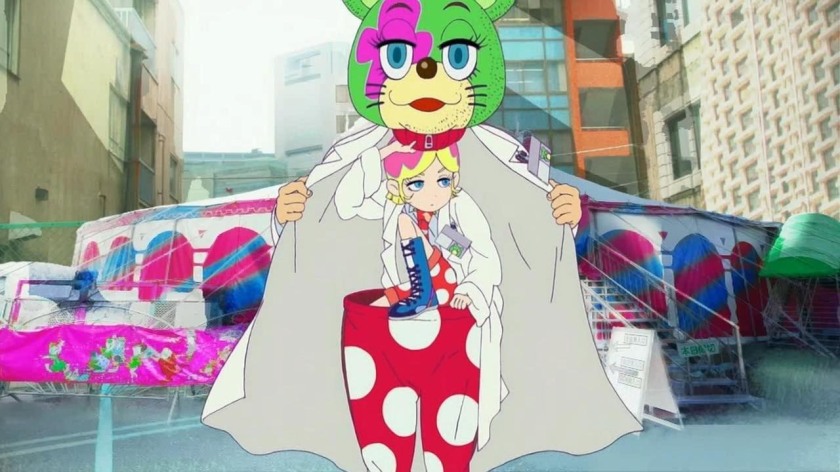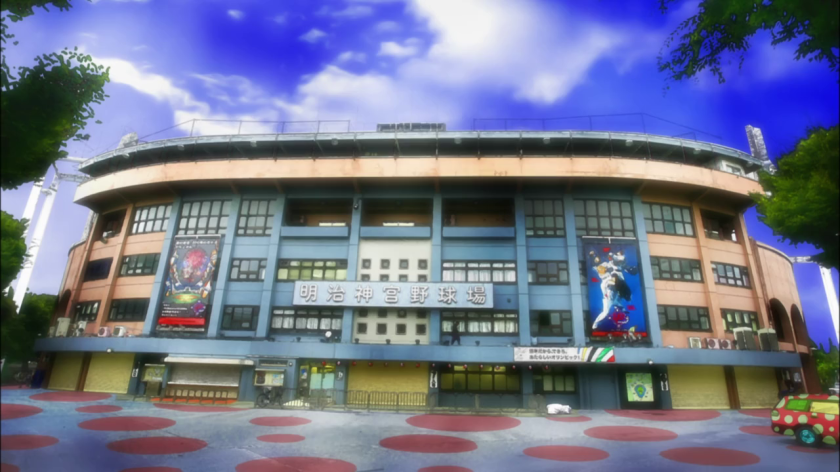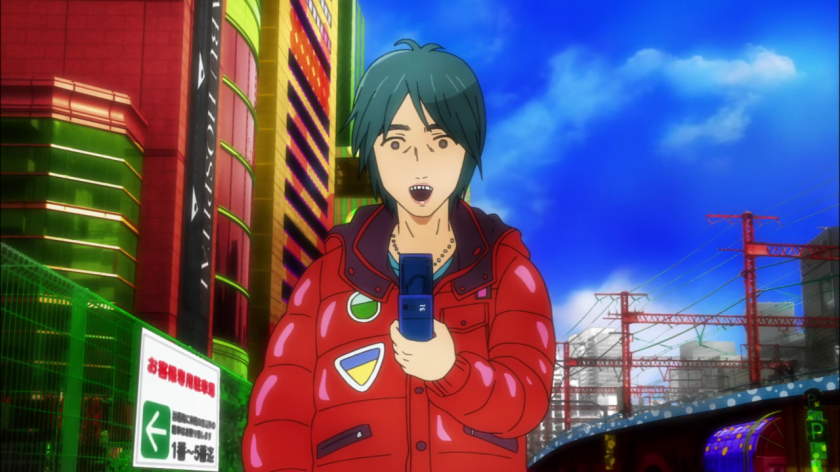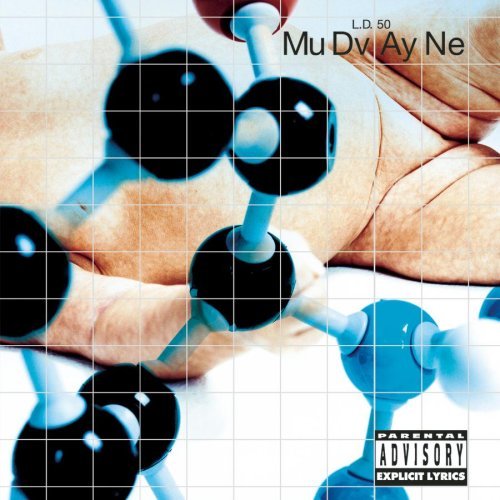
We seem to live in the comedown from Nicki Minaj and Lady Gaga. A few years ago, a lot of women got on TV with weird outfits and bragged about how much sex they have and how much they drink. The parties didn’t have to look fun. Mostly, it looked like a bunch of cool people trying hard to impress you. What’s important is that you’ll find them profound, strong, going against the norm. As we know, nothing is more rebellious than drinking alcohol and having sex.
Only your mom is actually against partying, and even that population of anti-partying moms is dwindling. Pretty soon a new type of female Pop rose, one that was still about lots of sex and partying but acknowledged the fact that made your Mom despise those parties. Where there are people, there are feelings and getting hurt. People sometimes get hurt before, during or after the party. Sex is fine and all, but it’s not as easy doing vocal acrobatics and calling it a song.
Halsey is a latecomer to this scene, and it shows. Lana Del Rey may have kicked it off, but singers who came later didn’t stick to the formula. For all of the ‘alt girl’ posing on Tumblr, these singers did show there was room for personal expression in Pop music. Compared to what came before, these singers gave a voice to all the kinds of experiences you go through when young.
Halsey may be considered ‘generic’ in that movement, but it’s a movement that’s defined by not sticking only to bragging about sex. In fact, her personality is actually more solid than it first seems. If she seems like a stereotype of the dyed hair, feminist teenager that’s on Tumblr posting better content than you it’s only because she throws herself fully at it.
True enough, we need it. I’m not one to complain about how there aren’t enough Black people in a certain field, or how there are too many males in a different one (As we know, all males are exactly the same). There is something different about these lyrics of youth though, something that’s far from the rage and angst of the male-dominated rock genre.
Instead of tales of hatred, rage, and heartbreak we get tales of confused and confusing sexuality, of drugs that are fun and wrecking at the same. Overall, life is a huge set of contradictions. Now that’s emotional depth for you. In contrast to bands where sex was always a bad thing, where romance lead directly to agony here it’s unclear and blurry. “Strange Love” is about a relationship so messy we don’t even bother to define it. On “Hurricane” she manages to overcome the guy all the girls can’t overcome. All that confidence is gone on “Drive”, a contemplative, atmospheric song that’s soaked in the amorphous and somewhat profound thoughts of an over-intelligent youth.
I know it’s fun to assume young people are idiots – that’s why we got such a moronic educational system. They experience things, though. The best music of youth captures this spark and more. Halsey is at once a young girl who lets herself get carried away by her sexuality, is totally in control of it, utterly confused by it and has the wisdom of a sage – sometimes in the same song. “Hurricane” isn’t the best song here, but it’s the best example of when it all collides at once.
Can these lyrics be anything less than ridiculous? Actually, they’re quite excellent. They aren’t a bunch of vague lines about sex and pain strung together, but there’s a coherent idea connecting them each. The distinct subject matter is what helps the songs stand out. True, “New Americana” is awful, but that’s because it’s the only song where Halsey pretends to be important. Name-dropping Nirvana and Biggie especially sounds stupid. Isn’t she younger than me? Did she feel comfortable listening to “One More Chance”? Statement-making was far more convincing in “Castle”, a slow-grinding song where Halsey sounds like an overconfident youth with all the good that it implies.
She’s actually at her best when she throws herself at an idea. The more contemplative songs, where she sounds too grown for her age can blur together – “Hurricane” and “Roman Holiday” are cute, but “Gasoline” contains lyrics that in any other context would stupid. “Are you deranged like me?” is as attention-wanting as it gets, but it nails the feeling of being misunderstood with others on the internet. “Colors” is the big highlight about loving a guy who’s on the road to self-destruction. The lyrics may be sappy, but being young is about being sappy. If you got the bonus tracks then “Control” is another highlight. I have no idea how it didn’t end up on the album.
People talked about how Halsey is constructed, artificial and is ‘not real’. Is Lady Gaga real? Sure, she flaunted how her imagery was fake but we were supposed to take seriously the idea she’s not real – or whatever postmodern hullabaloo went over there. Music is performance, and what matters is how the performance goes. Halsey is dead-on in what she’s trying to achieve. I met the type of girls who are into this music and heard their stories. Halsey’s lyrics match their stories, if not in precise details but in vibe. In the end music is more about capturing a certain essence of feeling or of experience, rather than the exact details. While it’s true Halsey doesn’t have too many quotables – her peers are much better than her, as a whole her lyrics are fantastic. Few songs get what loving a dangerous and self-destructive guy is like “Colors”.
Badlands is overall a fantastic Pop albm with everything you’d want – great hooks, great production and enough personality to make it memorable. That personality can annoy people, especially if you’re too busy with authenticity or getting angry over weirdos on Tumblr. It’s also possible you’re too busy looking for things to make fun of rathe than experiencing the world. Irony culture has yet to produce something as fun as “Colors”.
3.5 sexy boys out of 5









